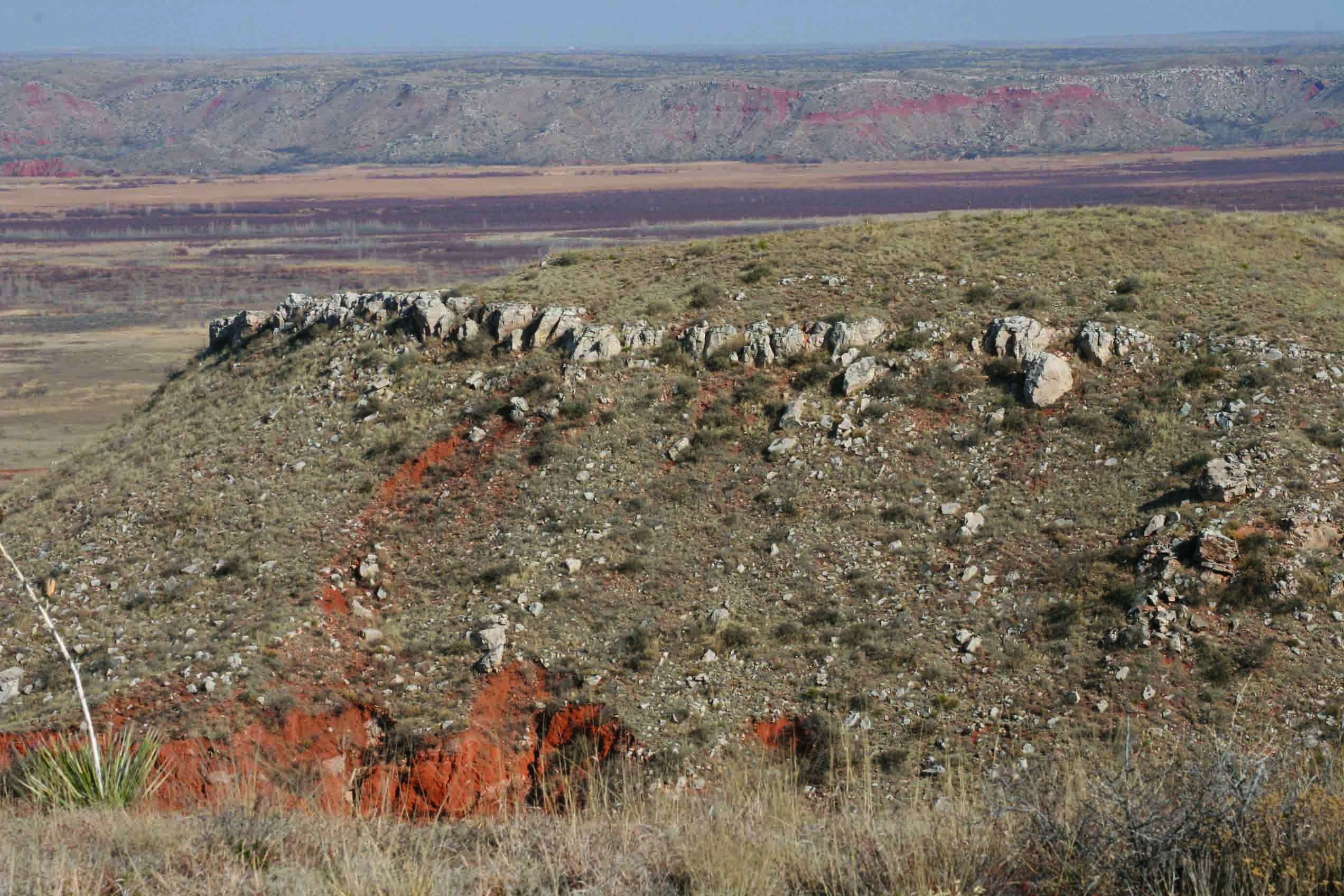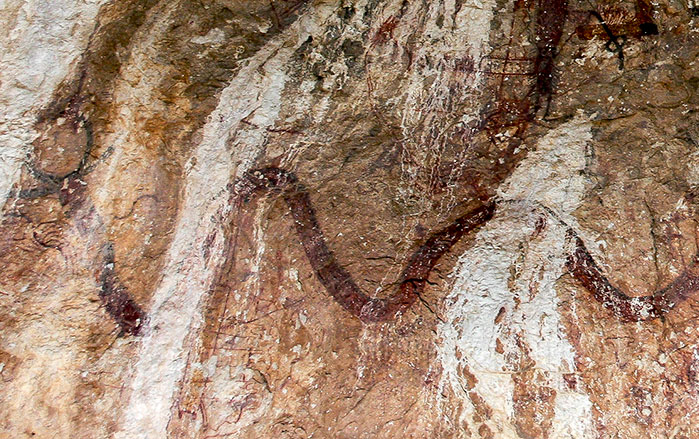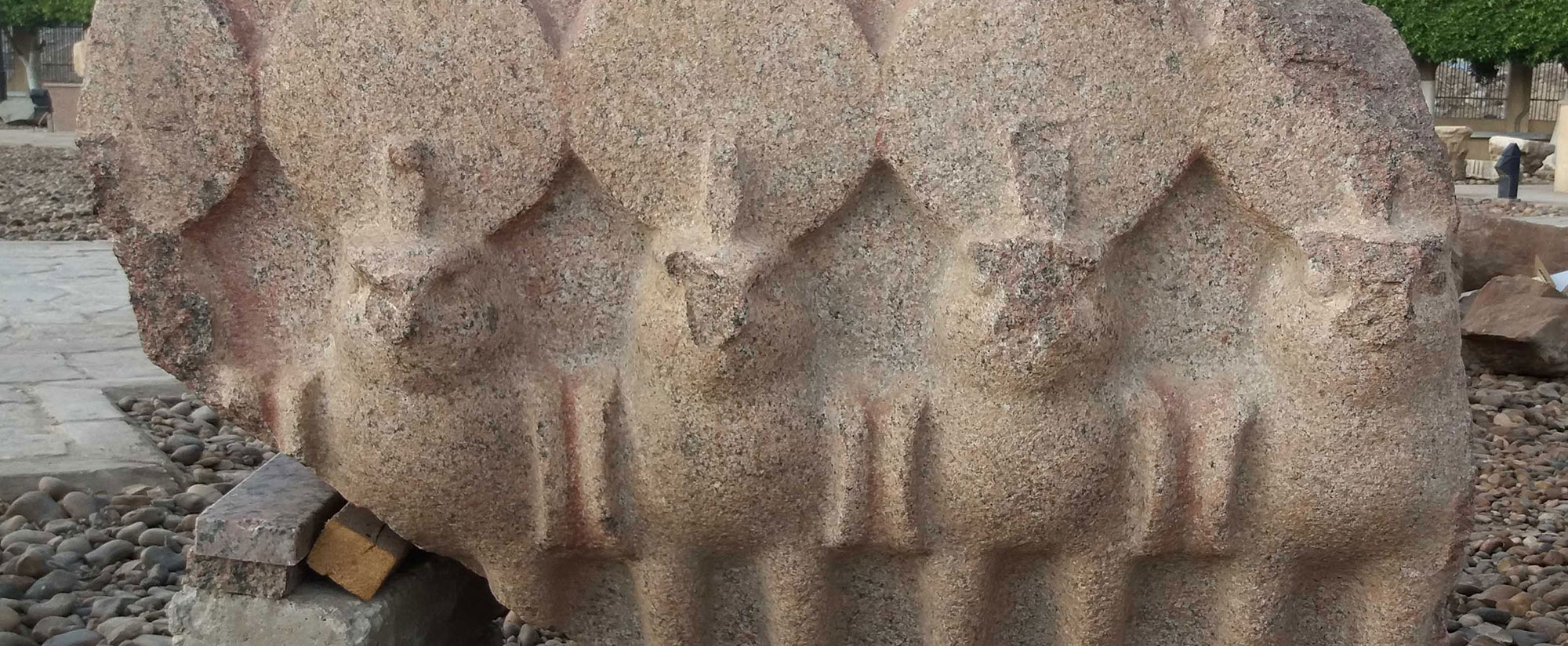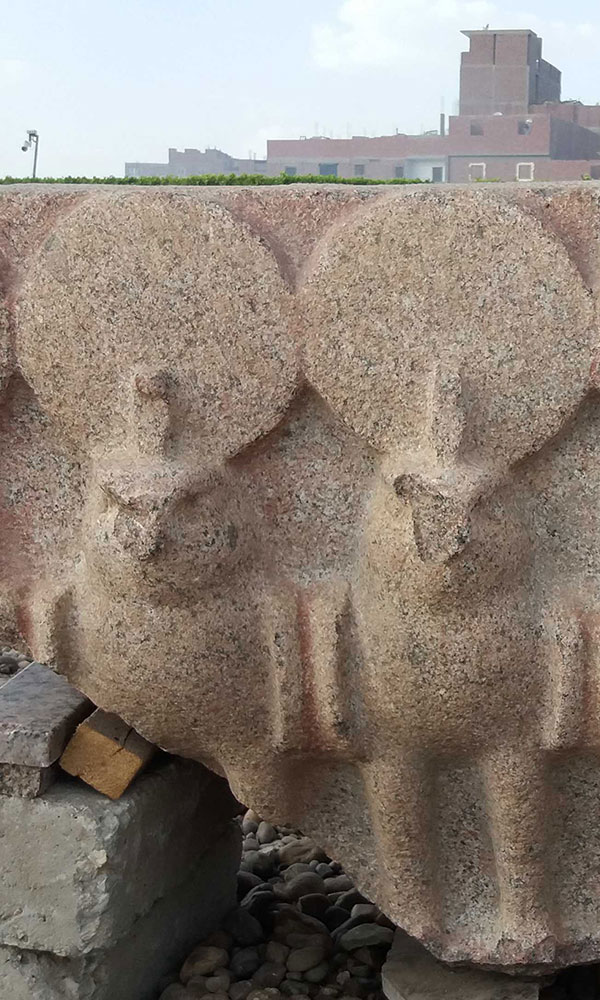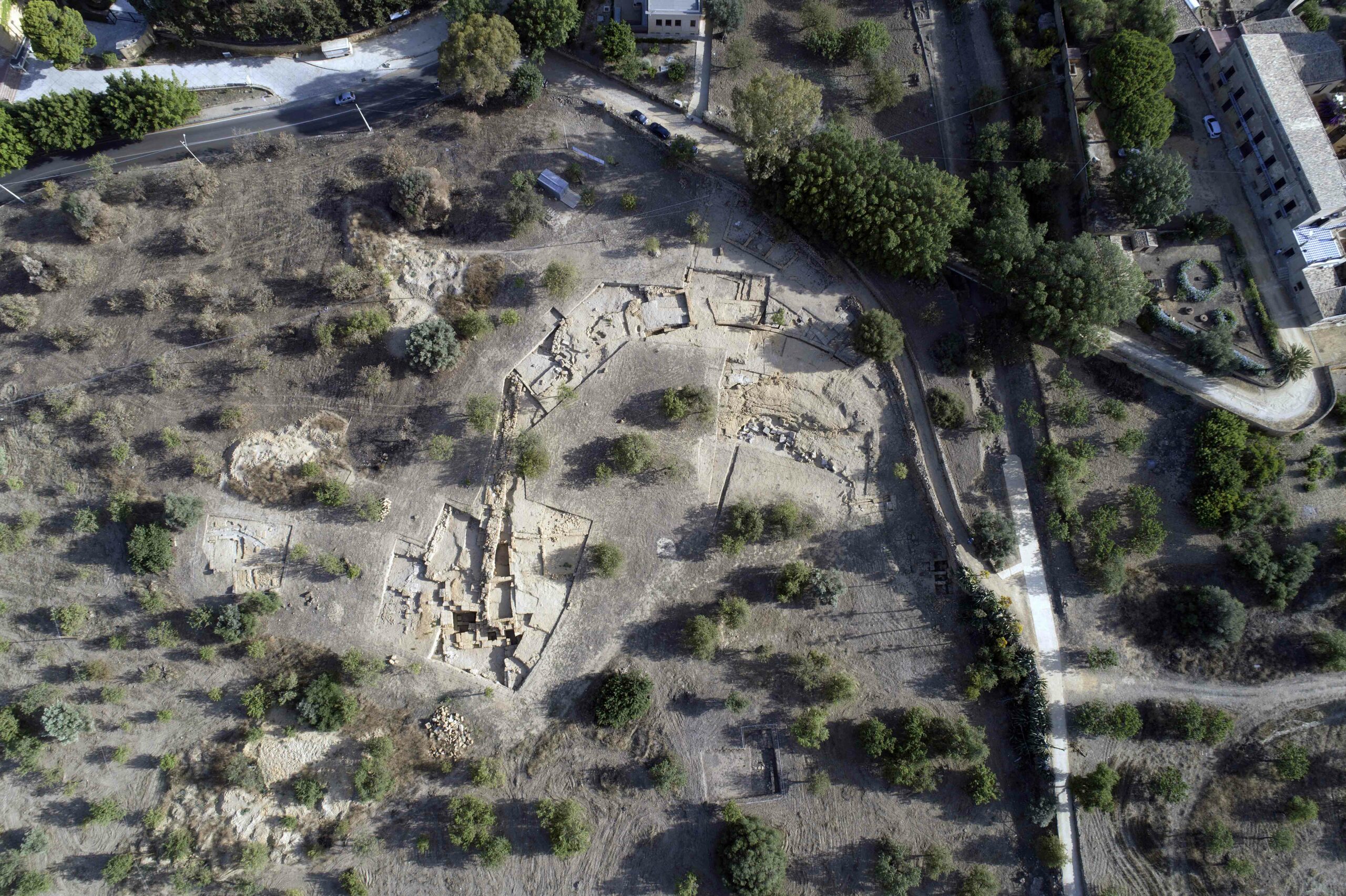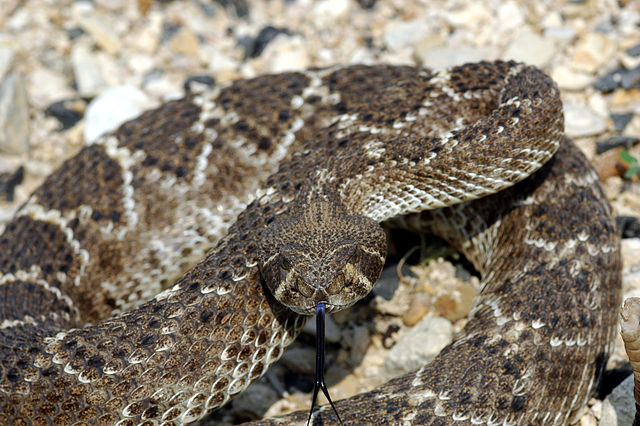
COLLEGE STATION, TEXAS—Cosmos reports that researchers led by Elanor Sonderman of Texas A&M University discovered uncooked bones, scales, and the fang of a viper in a single human coprolite recovered from a rock shelter in southwest Texas. The sample of fossilized feces has been dated to between 1,460 and 1,528 years old. The researchers also detected traces of agave, prickly pear cactus, plants related to asparagus, and the uncooked bones of a small rodent in the sample. Sonderman said the viper parts are the first direct archaeological evidence of human consumption of venomous snakes, but further investigation of coprolites from the region is needed before scientists add them to the possible diet of the people who lived there. For more on the use of coprolites in archaeology, go to “America, in the Beginning: Paisley Caves.”




